The 7 Wonders Of India
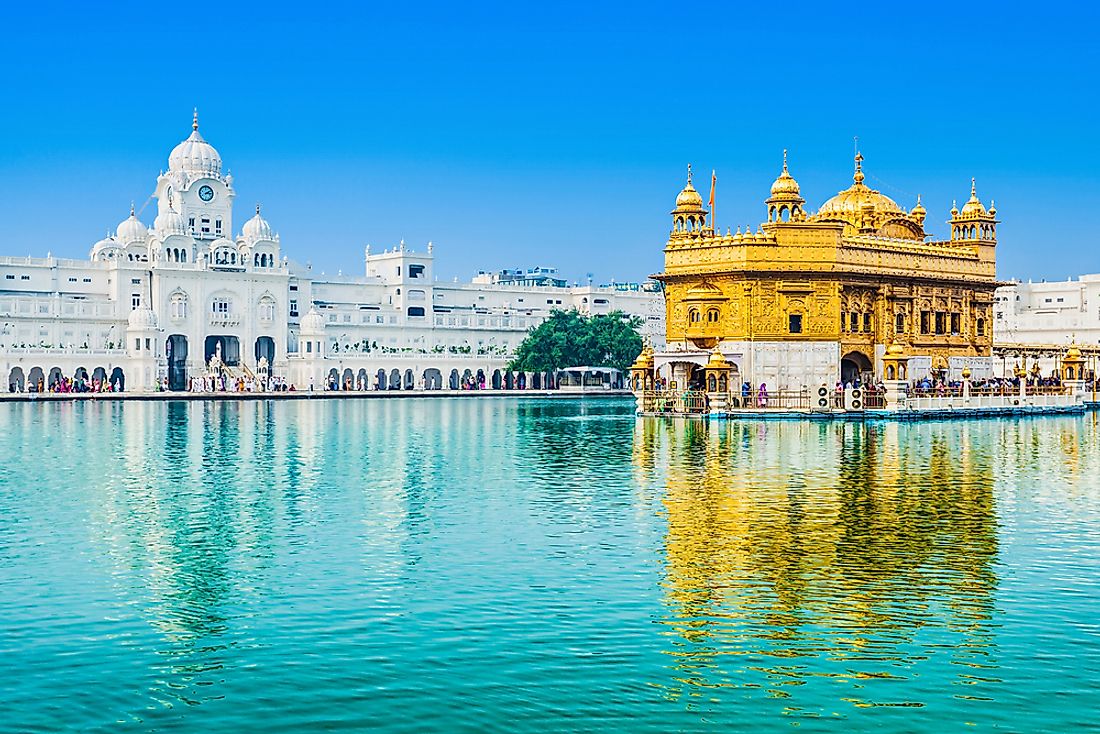
7. The Golden Temple In Punjab
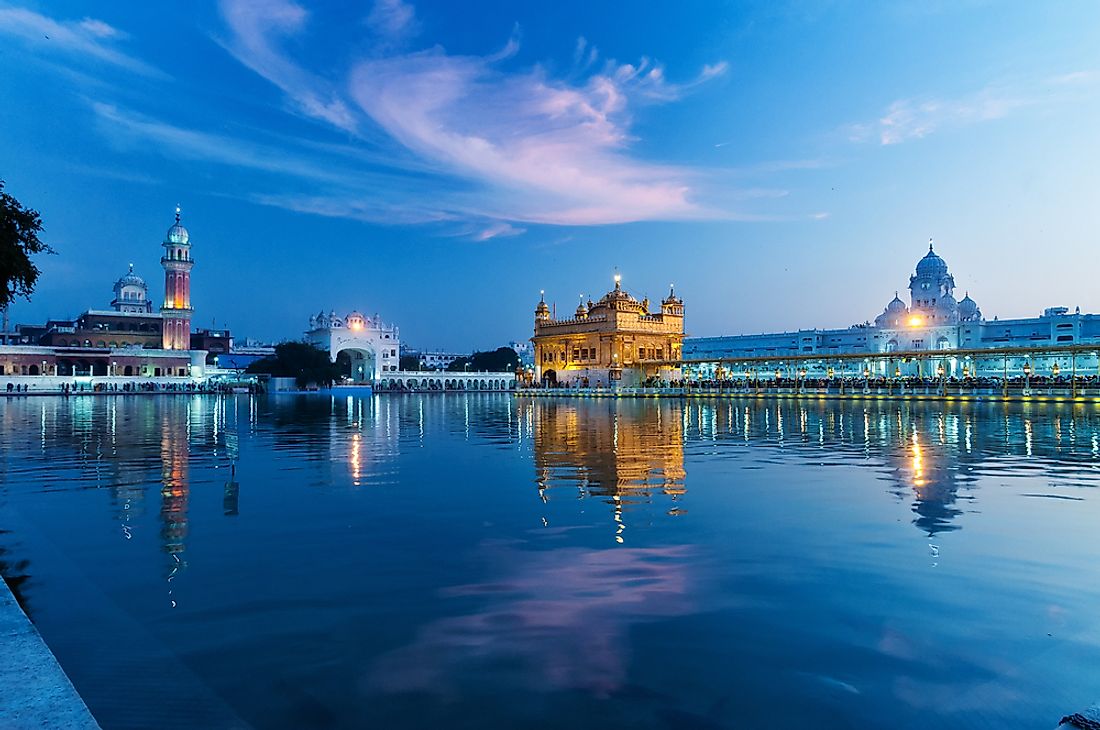
The Golden Temple or the Sri Harmandir Sahib is the holiest pilgrimage site of the Sikhs of the world. The temple is located in the Punjab city of Amritsar and was designed by the fifth Sikh Guru, Guru Arjan. The holy book of the Sikhs known as the Adi Granth was installed inside the Golden Temple. The temple also houses the Akal Takht or the "throne of the timeless one" which is regarded as the physical attribute of God. People of all religions can visit the Golden Temple, lending a universal appeal to this site. The Golden Temple, covered by gold in the upper floors, is visited by over 100,000 people daily.
6. The Monolithic Gomateshwara Statue In Karnataka
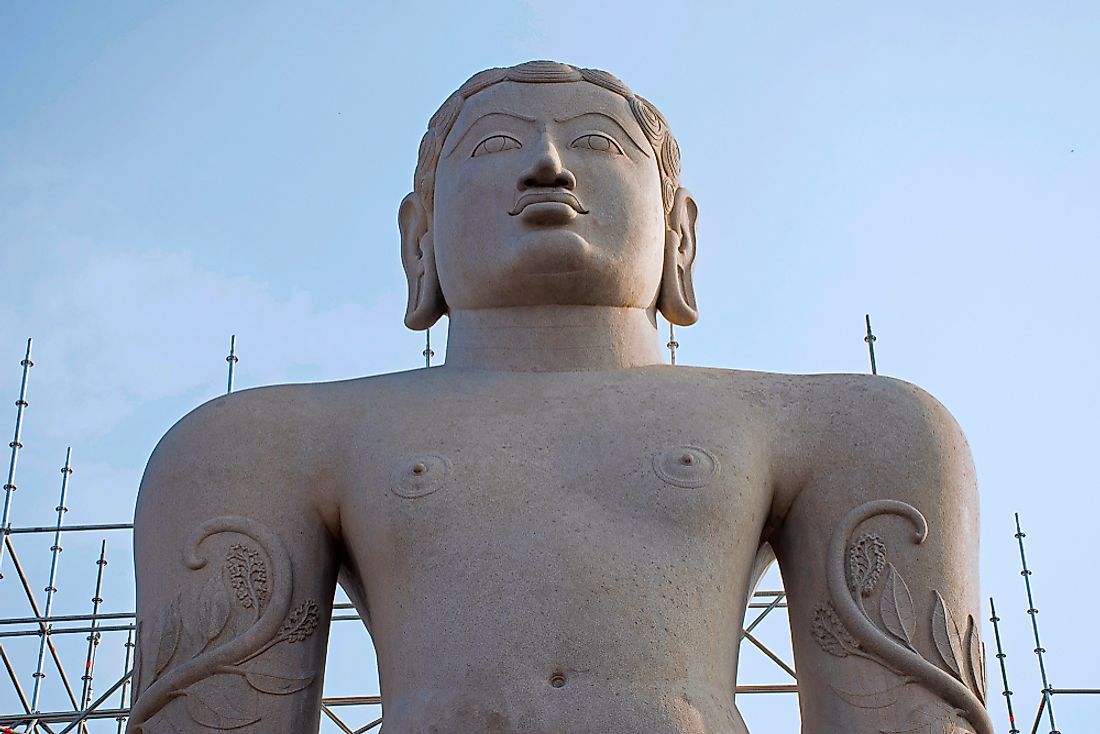
The Gomateshwara is a giant statue of Bahubali, a revered figure of the Jain community of India. Bahubali was Rishabhanatha's (the first Jain tirthankara) son. Bahubali is said to have attained moksha or salvation by meditating while standing motionless for a year till climbing plants grew around his legs. The giant Gommateshwara statue was thus built in ancient India to show respect to Bahubali. It is a 57-foot monolith that is located on a hilltop in Shravanabelagola in the Indian state of Karnataka. The statue was built by Chavundaraya, a minister and commander of the Ganga Dynasty at about AD 981.
5. The Nalanda University In Bihar
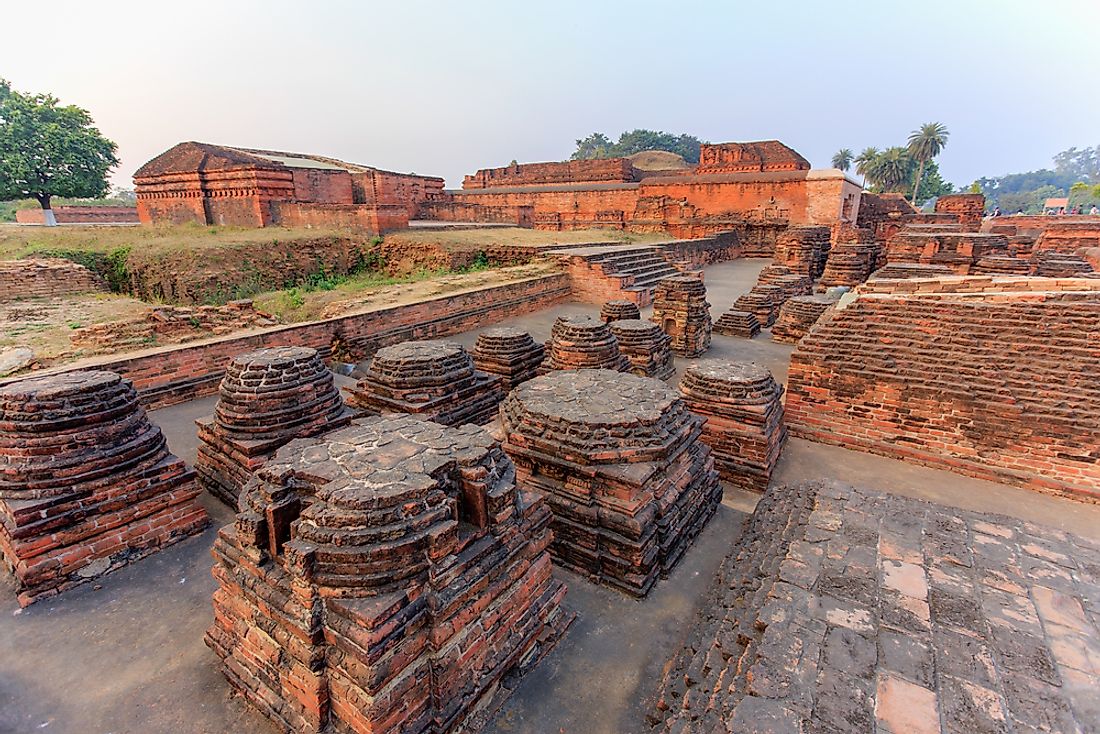
A large Buddhist monastery and a world-renowned center of learning between the 7th century BCE and 1200 CE, Nalanda well deserves to be one of the 7 wonders of India as well as a UNESCO World Heritage Site. Nalanda is located about 95 km from Patna, the capital city of India’s Bihar state. Nalanda is as one of the most famous universities in ancient India that was inspired by the highly organized methods of Vedic learning. The university flourished during the reign of the Gupta Empire and later during the rule of the emperor of Kannauj, Harshavardhana. Nalanda during its peak time was attended by scholars who came from near and far including knowledge-seekers from China, Korea, Central Asia, and Tibet. Sadly, it the University was ransacked and destroyed by a Muslim army of the Mamluk Dynasty in 1200 CE and was eventually abandoned and forgotten. Many years, later, the Government of modern India revived the site, and today it attracts a large number of tourists to the Indian state.
4. Taj Mahal In Uttar Pradesh
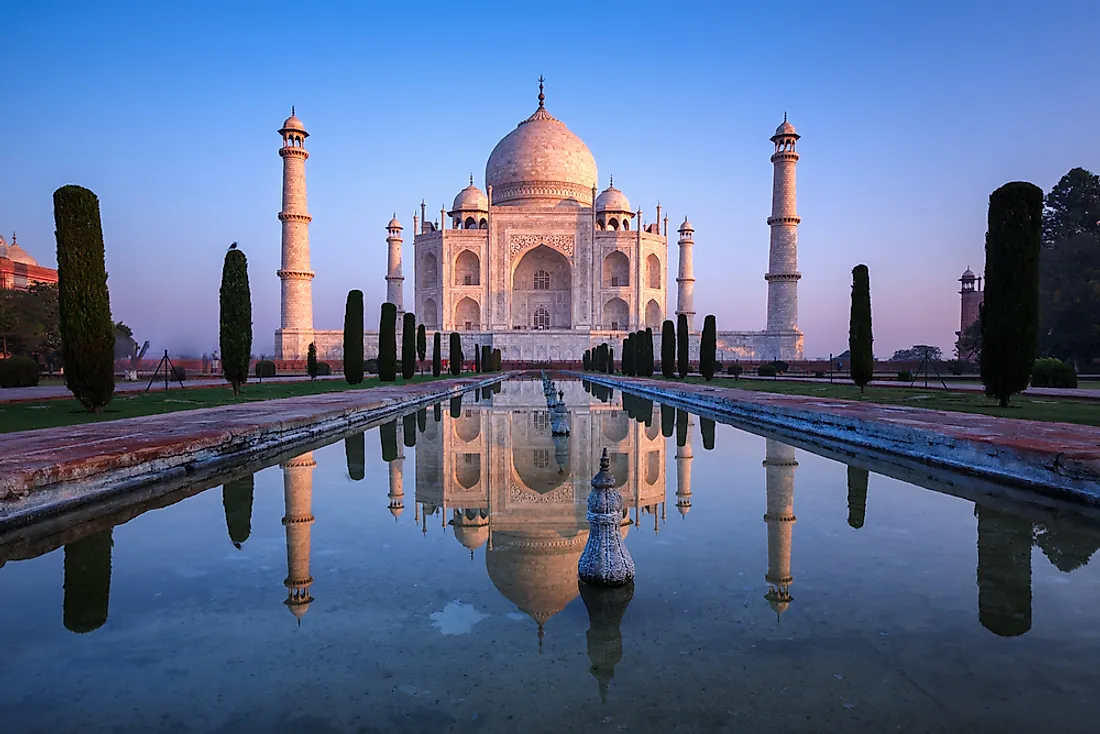
Perhaps there are only a few people in the world who have not heard about the Taj Mahal, the famous symbol of love. It is an ivory-white mausoleum built by the Mughal Emperor Shah Jahan for his beloved wife Mumtaz Mahal after her demise. The Taj Mahal today is the resting place of both Mumtaz Mahal and Shah Jahan. The tombs are the centerpiece of the 17-hectare complex. The Taj Mahal was probably completely built by 1653. The Taj Mahal, a UNESCO World Heritage Site is today admired by the millions of visitors who visit the site. It is not only one of the 7 wonders of India but also the world.
3. The Konark Sun Temple In Orissa
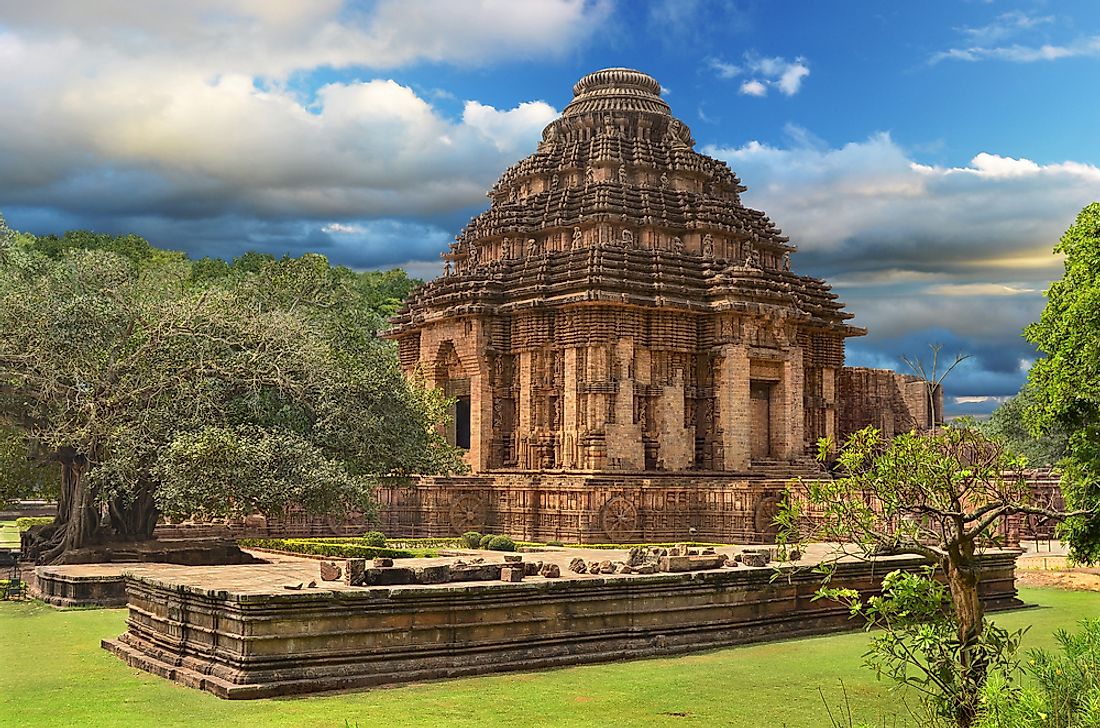
The Konark Sun Temple is another one of the 7 wonders of India and is located in Konark, Orissa. The temple was built in 1255 CE by the East Ganga Dynasty ruler, King Narasimhadeva I. The temple is famous for its fascinating architecture and erotic sculptures. The main attraction is the sun-chariot-styled temple with elaborately carved wheels, walls, and pillars. Though a major part is in ruins, what remains is enough to draw the attention of visitors to the Konark Sun Temple. The temple is dedicated to the Sun God. Its architecture and engineering continue to baffle modern architects and engineers.
2. Khajuraho Group Of Monuments In Madhya Pradesh
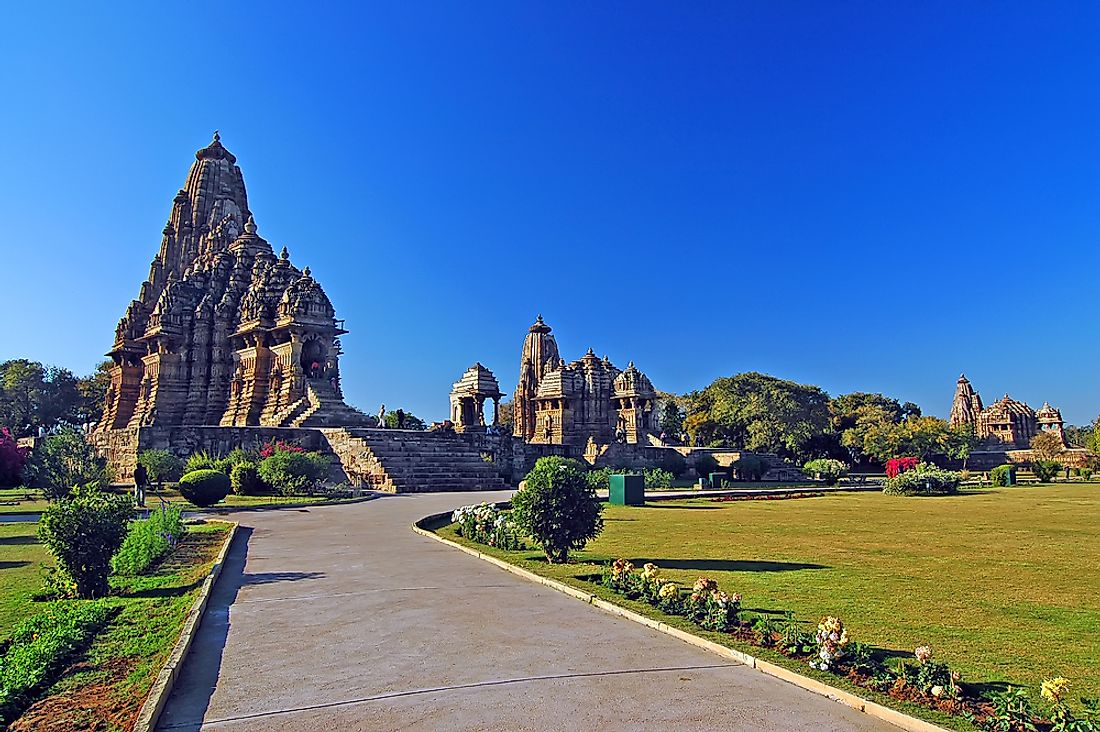
The Khajuraho Group of Monuments is a vast complex of Jain and Hindu Temples, located in Khajuraho in India’s Madhya Pradesh state. The site has been declared as one of India’s UNESCO World Heritage Sites. The Khajuraho temples are known across the world for their erotic sculptures and elegant nagara-style architectural symbols.
The Khajuraho temples and other monuments were built between 950 and 1050 by the rulers of the Chandela Dynasty. As per historical records, the site hosted 85 temples by the 12th century of which only about 20 survive to this date. The profusion of sculptures, intricate details, and symbolic designs all exhibit the great artistic wealth of ancient India. For all these reasons, it is regarded as one of the 7 wonders of India.
1. The Hampi Temple Complex In Karnataka
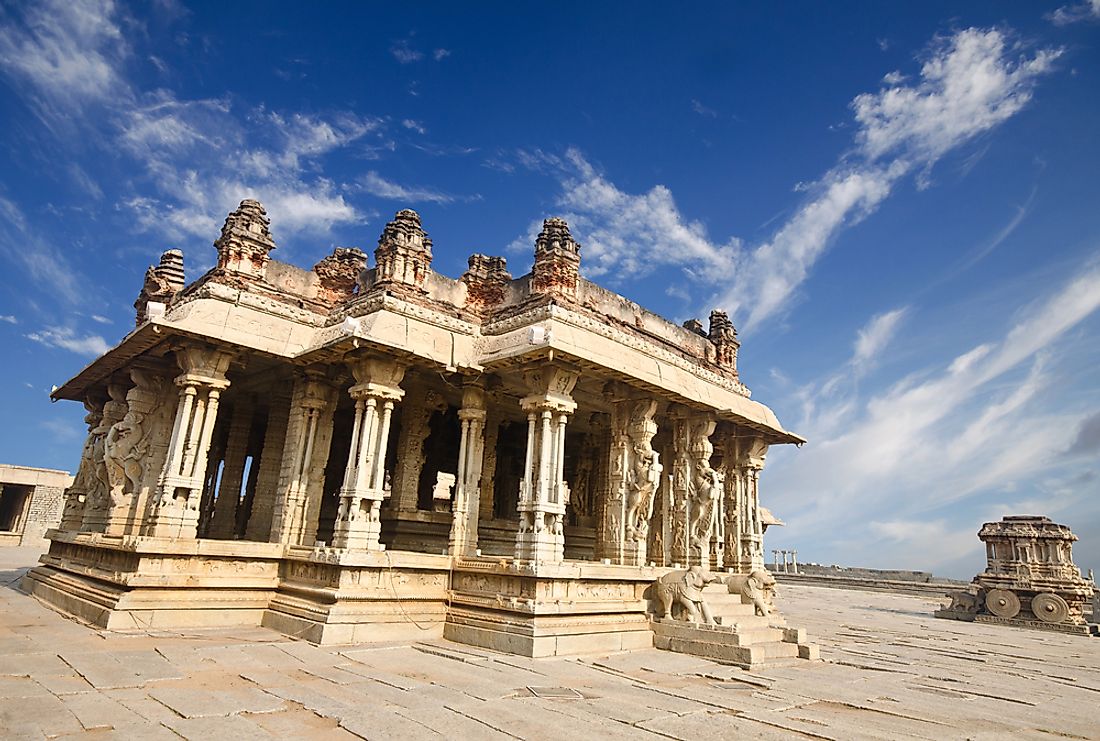
Hampi is a temple town in India’s Karnataka state dotted with fascinating ancient Hindu temples and shrines. During its peak time, Hampi was one of the wealthiest cities in the world. Hampi was part of the ancient Indian kingdom of Vijayanagara whose rulers were known for their love of arts and culture, thirst for knowledge, and efficient rule. The Virupaksha Temple, the Queen’s Bath, the Vittala Temple Complex are some of the most notable temples and monuments in Hampi. The place inspires the awe of all who visit Hampi and is thus rightly classified as one of the 7 wonders of India and a UNESCO World Heritage Site.
The 7 Wonders Of India
| Rank | Wonder | Location |
|---|---|---|
| 1 | Gomateshwara | Shravanabelagola, Karnataka |
| 2 | Harmandir Sahib Darbar Sahib / Golden Temple | Amritsar, Punjab |
| 3 | Taj Mahal | Agra, Uttar Pradesh |
| 4 | Hampi Pampa-kshetra / Kishkinda-kshetra / Bhaskara-kshetra | Vijayanagara, Karnataka |
| 5 | Konark Sun Temple Black Pagoda | Konark, Odisha |
| 6 | Nalanda | Near Patna, Bihar |
| 7 | Khajuraho Kharjuravāhaka | Chhatarpur District, Madhya Pradesh |







